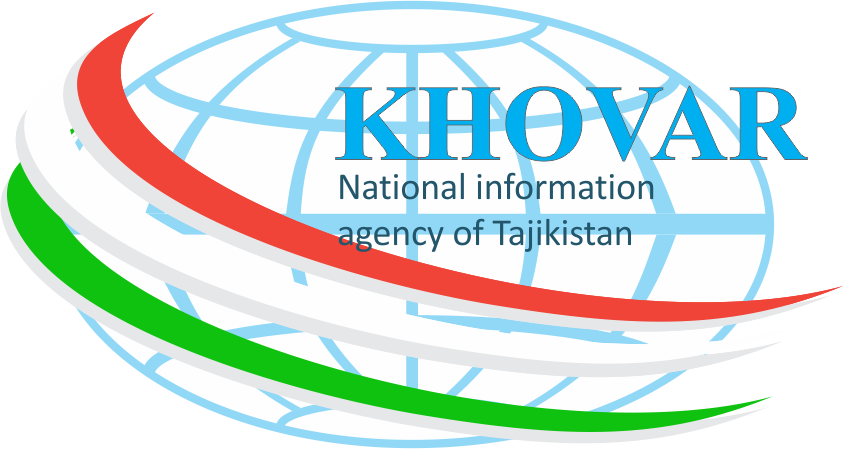Government of Tajikistan Plans to Increase the Country’s Energy Capacity to 10,000 MW
Read also

DUSHANBE, 06.01.2022 (NIAT Khovar) – The government of Tajikistan plans to increase the country’s energy capacity to 10,000 megawatts by 2030.
Currently 18 state investment projects in the amount of 16.6 billion somoni are being implemented toward achieving this goal, which contributes to an additional increase in the country’s energy capacity by 4,000 MW.
This goal will be achieved with the implementation of large projects for the construction and renovation of multiple energy facilities, such as the stations in Rogun, Norak, Sarband, and Kairokkum.
The relevant departments also note that they plan to utilize other types of renewable energy sources, including solar and wind.
A feasibility study is currently underway for three projects with a total capacity of 260 MW. According to preliminary estimates, these projects will be implemented within five years.
Tajikistan possesses huge reserves of hydropower resources, which are estimated to generate 527 billion kWh per year. Currently, only 4-5% of Tajikistan’s potential hydropower capacity is being utilized.
In terms of its hydropower potential, Tajikistan ranks second in the CIS after Russia and eighth in the world after China, Russia, US, Brazil, Zaire, India, and Canada. President Emomali Rahmon emphasized this on December 22 when he addressed the Supreme Assembly.
Approximately 95% of Tajikistan’s energy is supplied by hydropower. Its hydropower potential of Tajikistan is three times higher than the current consumption of electricity throughout Central Asia. With the efficient use of these resources, the region can be provided with inexpensive and environmentally friendly energy. The main hydropower potential is concentrated in the basins of Vakhsh, Panj, Amu-Darya, Syr-Darya, and Zaravshon rivers.











 Tajikistan, EBRD sign loan and grant agreements for energy loss reduction project
Tajikistan, EBRD sign loan and grant agreements for energy loss reduction project Tajikistan to Welcome Global Investors at “Dushanbe Invest-2025” Forum
Tajikistan to Welcome Global Investors at “Dushanbe Invest-2025” Forum Tajikistan’s Transport Minister Highlights Importance of Joint Projects in Seoul
Tajikistan’s Transport Minister Highlights Importance of Joint Projects in Seoul Tajik–Swiss Business Forum Held in Dushanbe
Tajik–Swiss Business Forum Held in Dushanbe Direct Air Connectivity Established Between Xi’an and Dushanbe
Direct Air Connectivity Established Between Xi’an and Dushanbe Tajik Delegation Participates in 69th IAEA General Conference
Tajik Delegation Participates in 69th IAEA General Conference Swiss Cooperation Office Ready to Develop New Initiatives in Tajikistan
Swiss Cooperation Office Ready to Develop New Initiatives in Tajikistan Tajikistan attracts USD213 million from international financial organizations
Tajikistan attracts USD213 million from international financial organizations Tajikistan Chamber of Commerce and Industry Opens Representative Office in Beijing
Tajikistan Chamber of Commerce and Industry Opens Representative Office in Beijing International Artificial Intelligence Conference to Be Held in Dushanbe in October
International Artificial Intelligence Conference to Be Held in Dushanbe in October Tajikistan’s Foreign Trade Turnover Exceeds $4.7 Billion in First Half of 2025
Tajikistan’s Foreign Trade Turnover Exceeds $4.7 Billion in First Half of 2025 Chinese Investors Familiarize Themselves with Activities of Kulob Free Economic Zone
Chinese Investors Familiarize Themselves with Activities of Kulob Free Economic Zone














